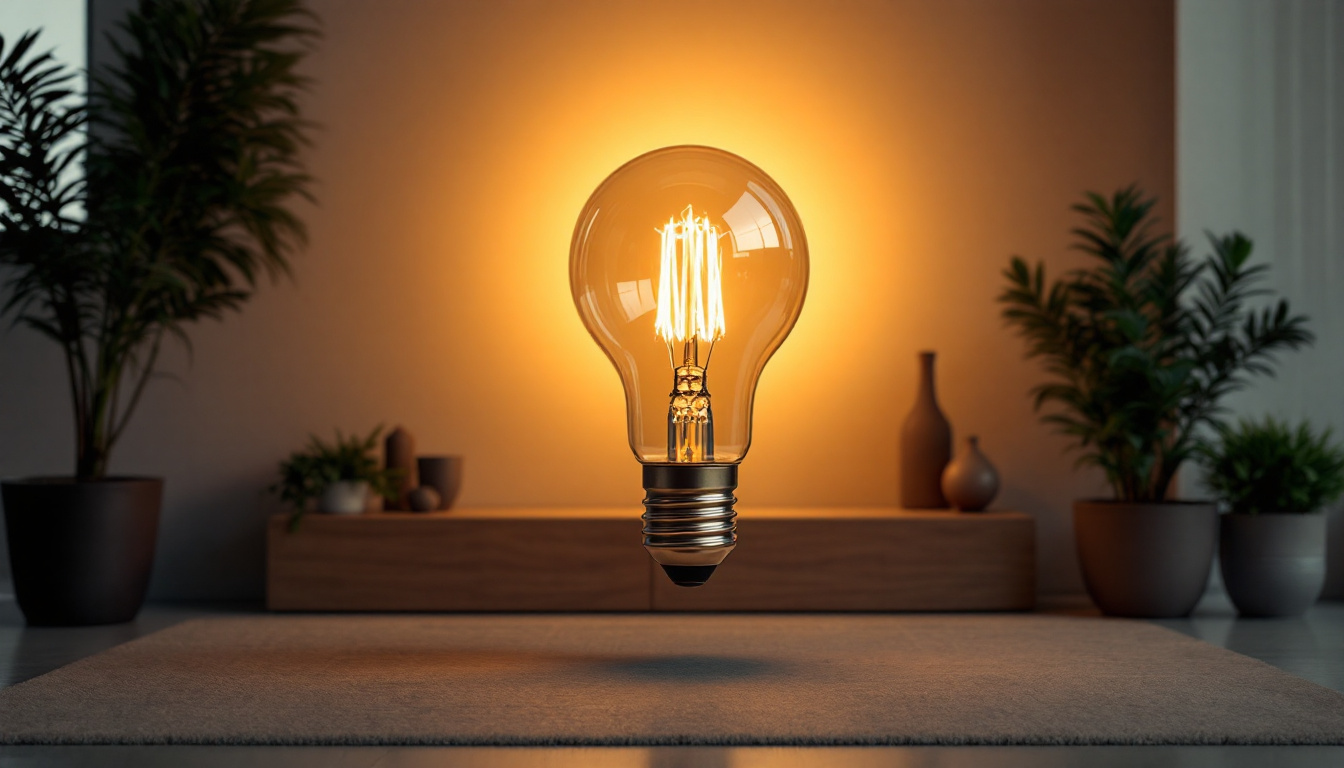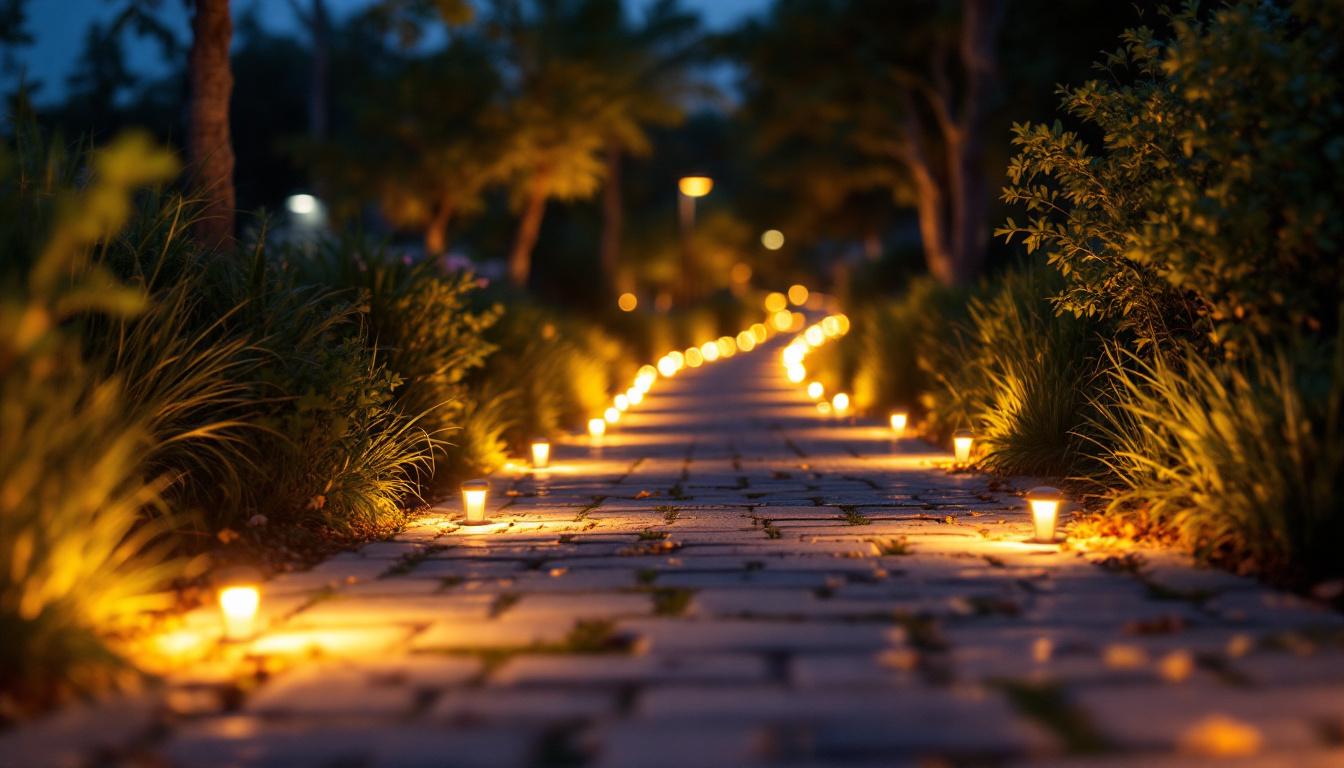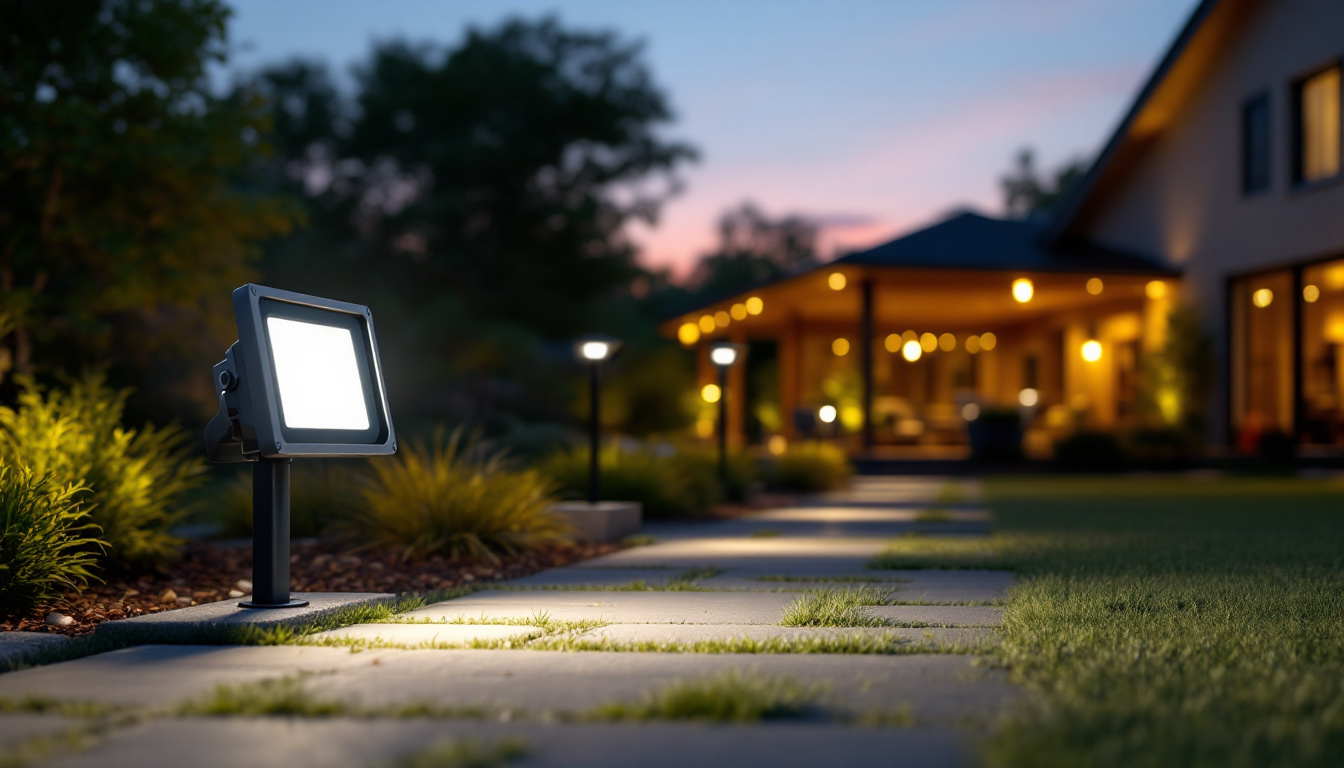
Lighting plays a pivotal role in enhancing the aesthetics and functionality of spaces. For lighting contractors, understanding the nuances of decorative fixture bulbs is essential to delivering exceptional results. This article delves into the critical aspects of decorative fixture bulbs, offering insights that can elevate your projects and satisfy your clients.
Decorative fixture bulbs are not just functional components; they are integral to the overall design and ambiance of a space. These bulbs come in various shapes, sizes, and styles, each contributing uniquely to the lighting scheme. From vintage Edison bulbs to modern LED designs, the options are vast, and the right choice can significantly impact the atmosphere of a room. The interplay of light and shadow created by these fixtures can transform a mundane area into a warm, inviting environment or a sleek, contemporary space, depending on the design aesthetic desired.
When it comes to decorative bulbs, the variety is extensive. Common types include incandescent, LED, and halogen bulbs, each with distinct characteristics. Incandescent bulbs, known for their warm glow, are often favored for traditional settings. In contrast, LED bulbs offer energy efficiency and longevity, making them a popular choice for modern applications. Furthermore, halogen bulbs, a type of incandescent, provide a brighter light and are often used in track lighting and accent fixtures to highlight artwork or architectural features.
Additionally, specialty bulbs, such as globe and filament designs, can add a unique touch to fixtures. Globe bulbs, with their spherical shape, are perfect for pendant lights and chandeliers, creating a soft, diffused light that enhances the overall aesthetic. Filament bulbs, on the other hand, evoke a sense of nostalgia with their visible filaments and vintage appearance, making them ideal for creating a retro vibe in cafes or restaurants. Understanding the different types available allows contractors to recommend the best options based on their clients’ needs and the specific ambiance they wish to create.
Color temperature is a crucial factor in selecting decorative fixture bulbs. Measured in Kelvin (K), it influences the mood and perception of a space. Warm white bulbs (2700K-3000K) create a cozy atmosphere, ideal for residential settings, while cool white bulbs (4000K-5000K) are better suited for commercial environments where clarity and focus are paramount. The choice of color temperature can also affect how colors are perceived within a room; warmer tones can make spaces feel more inviting, while cooler tones can enhance productivity and alertness.
Lighting contractors should educate clients about the impact of color temperature on their space. By guiding them in selecting the appropriate color temperature, contractors can ensure that the lighting enhances the intended design and functionality. Additionally, the use of dimmable bulbs can provide flexibility, allowing users to adjust the brightness and warmth of the light according to the time of day or activity, further enhancing the versatility of decorative fixtures. This adaptability not only improves the user experience but also allows for greater energy efficiency, as lower light levels can reduce electricity consumption during less active hours.
As the world moves towards more sustainable practices, energy efficiency in lighting has become increasingly important. Decorative fixture bulbs, particularly LEDs, offer significant energy savings compared to traditional incandescent options. This not only reduces electricity bills but also lessens the environmental impact. In fact, the shift to energy-efficient lighting is a crucial step in combating climate change, as it contributes to lower greenhouse gas emissions and a reduced carbon footprint.
LED decorative bulbs are a game-changer in the lighting industry. They consume up to 80% less energy than incandescent bulbs and have a lifespan of up to 25,000 hours. This longevity means fewer replacements and less waste, aligning with sustainable practices that many clients prioritize today. Additionally, the durability of LED bulbs makes them less prone to breakage, further minimizing waste and the need for frequent replacements.
Moreover, LED technology has advanced considerably, allowing for a wide range of designs and color temperatures. This versatility enables contractors to meet diverse aesthetic preferences while promoting energy efficiency. From vintage-style Edison bulbs to sleek modern fixtures, the design options available with LED technology can enhance any space while maintaining an eco-friendly approach. The ability to customize lighting schemes not only elevates the ambiance of a room but also encourages users to embrace energy-saving practices in their daily lives.
Many regions offer incentives for adopting energy-efficient lighting solutions. These can include rebates, tax credits, or grants aimed at encouraging the use of LED technology. Lighting contractors should stay informed about local programs and communicate these benefits to clients. This not only enhances the appeal of energy-efficient options but also helps clients save money in the long run. Furthermore, educating clients about the long-term savings associated with reduced energy consumption can foster a deeper commitment to sustainable practices.
Additionally, some utility companies have begun to implement programs that provide free or discounted energy audits for businesses and homeowners. These audits assess current lighting systems and recommend energy-efficient upgrades, which can lead to substantial savings on energy costs. By leveraging these resources, contractors can not only assist their clients in making informed decisions but also position themselves as knowledgeable advocates for sustainability in their communities.
When selecting decorative fixture bulbs, design considerations are paramount. The choice of bulb can influence not only the lighting quality but also the overall aesthetic of a space. Contractors must consider factors such as fixture style, room function, and client preferences when making recommendations.
Each fixture has its own design language, and the chosen bulb should complement it. For instance, a vintage chandelier may be best suited for Edison-style bulbs, which enhance its classic charm. Conversely, a sleek modern pendant might benefit from a minimalist LED bulb that maintains its contemporary feel.
Contractors should encourage clients to visualize how different bulbs will look in their fixtures. Providing samples or mock-ups can aid in this decision-making process, ensuring that the final choice aligns with the desired aesthetic.
Incorporating decorative fixture bulbs into a layered lighting design can create depth and interest. Layering involves combining ambient, task, and accent lighting to achieve a balanced illumination scheme. Decorative bulbs can serve as accent lighting, drawing attention to specific areas or features within a space.
Lighting contractors should consider the interplay of different light sources and how decorative bulbs can enhance the overall design. By strategically placing these bulbs, contractors can create a visually appealing environment that meets both functional and aesthetic needs.
Proper installation and maintenance of decorative fixture bulbs are essential for optimal performance and longevity. Lighting contractors should be well-versed in best practices to ensure that their installations not only look great but also function effectively over time.
When installing decorative fixture bulbs, it is crucial to follow manufacturer guidelines and safety standards. This includes ensuring that the wattage of the bulb does not exceed the fixture’s rating, which can prevent overheating and potential hazards.
Additionally, contractors should consider the placement of bulbs to maximize their effectiveness. For instance, positioning bulbs at varying heights or angles can enhance the distribution of light and create a more dynamic atmosphere.
Regular maintenance of decorative fixtures and bulbs is vital for sustaining their performance. Dust and dirt can accumulate on bulbs, diminishing their brightness and efficiency. Contractors should advise clients on cleaning techniques that are safe and effective, such as using a soft cloth and avoiding harsh chemicals.
Furthermore, keeping an eye on the lifespan of decorative bulbs is essential. Educating clients about the expected lifespan of their chosen bulbs can help them plan for replacements, ensuring that their lighting remains consistent and appealing.
The lighting industry is constantly evolving, with new trends emerging regularly. Staying informed about these trends can help lighting contractors offer innovative solutions that resonate with clients. Understanding current preferences can also enhance the contractor’s reputation as a knowledgeable professional in the field.
Smart lighting technology is gaining traction in both residential and commercial spaces. Decorative fixture bulbs equipped with smart features allow users to control brightness, color temperature, and even scheduling through mobile applications or voice commands. This level of customization appeals to tech-savvy clients looking for convenience and flexibility.
Contractors should consider incorporating smart decorative bulbs into their offerings, as this trend is likely to continue growing. Educating clients about the benefits of smart lighting can position contractors as forward-thinking professionals who understand the latest advancements in the industry.
Despite the rise of modern lighting technology, vintage and retro styles remain popular among consumers. Decorative bulbs that mimic the look of traditional incandescent bulbs, such as filament designs, are in high demand. These bulbs evoke nostalgia while providing the benefits of modern efficiency.
Contractors should be prepared to offer a range of vintage-style options that meet aesthetic preferences while adhering to energy efficiency standards. This balance can help satisfy clients who desire both style and sustainability.
In the realm of lighting design, decorative fixture bulbs are more than mere sources of illumination; they are essential elements that shape the ambiance and functionality of spaces. For lighting contractors, understanding the various types, energy efficiency, design considerations, and current trends is crucial for delivering exceptional results.
By staying informed and adapting to the evolving landscape of decorative lighting, contractors can enhance their expertise and provide valuable insights to clients. Ultimately, the right decorative fixture bulbs can transform a space, making it not only visually appealing but also functional and inviting.
Ready to elevate your lighting projects with the finest decorative fixture bulbs? At LumenWholesale, we provide lighting contractors with an exceptional range of high-quality, spec-grade lighting products at unbeatable wholesale prices. Say goodbye to local distributor markups and hello to superior lighting solutions that meet the highest industry standards. With our hassle-free bulk buying and free shipping, you can ensure your projects shine with premium lighting at the best value. Don’t compromise on quality or affordability. Visit LumenWholesale today and experience the perfect blend of quality, affordability, and convenience for all your lighting needs.

Discover the frequent pitfalls lighting contractors face when installing solar power walkway lights.

Discover the essential role of paddle switches in modern lighting solutions.

Explore the innovative world of DIY LED tanning beds and discover how they’re revolutionizing lighting design and installation.

Discover the essential insights into outdoor flood lights LED technology with answers to lighting contractors’ most common questions.